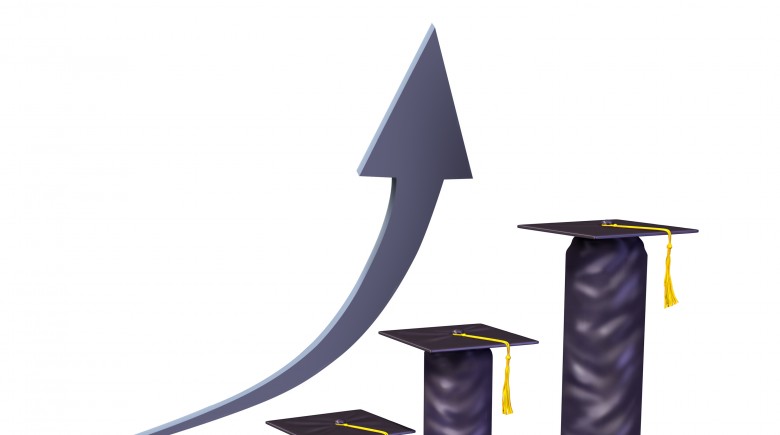Fortunately for the multitude of people who attend college with the help of a federal student loan, repayment doesn’t begin until six or nine months after graduation. This grace period is usually enough time for graduates to interview and find a job. However, even with full-time employment, student loan repayment can be challenging.
You might use a student loan calculator to estimate your monthly payment based on your interest rate and balance, and you may prepare your mind for this expense. But once the first bill rolls in, it may feel as if you’ve bitten off more than you can chew. The salary for most entry-level positions isn’t usually anything to brag about. Between taxes being taken from your check, health insurance deductions and 401(k) contributions, there might be little room in your budget for student loan payments.
Don’t panic. There are ways to fit a student loan into your budget.
1. Hold off on new expenses.
With your degree in hand and a start day for your new job, you may eagerly look for your own apartment or purchase a new car. This is how most graduates reward themselves. And unfortunately, some graduates tie up their cash before they receive their first student loan bill.
To make sure that you can comfortably pay back your student loan, don’t take on new expenses until you know your monthly payment. Rather than work student loan payments around your bills, work bills around your student loan payment. Unlike a car loan, you’re stuck with a student loan for at least 10 years, thus it’s important that you can swing the expense. If not, you’ll struggle to make ends meet every month.
2. Know what you’re working with.
Then again, you may already have a ton of monthly expenses and need to work in student loan payments. Review your present monthly budget and determine where your money goes. Track all your expenses for an entire month, such as housing, transportation, food and utilities. How much do you spend on entertainment and recreation? How much do you set aside for savings? Next, subtract expenses from your take-home income.
If you have disposable income after paying bills and savings, you’re good to go and repaying your loan may not pose a problem. But if you’re in the hole, you’ll need to rework your budget and cut back in certain areas.
3. Adjust and eliminate.
Being in a financial hole is no way to start off student loan repayment. The bill is going to come every month regardless of whether you have the money. And if you don’t pay, the delinquency will stay on your credit report for seven years and lower your credit score.
Think of your student loan payments as weekly payments. Let’s say you owe $120 a month. In this case, you’ll need to save at least $30 a week. Payments don’t seem as scary when you break them down, and if you evaluate your spending habits, you may find ways to save $30 a week. How many times do you swipe your debit card for lunch or pay for someone to wash your car? Maybe you alternate between weekly trips to the nail and hair salon. Learn how to do things yourself and you can reduce spending.
Simple financial adjustments can free up cash for student loan payments. But if for some reason you can’t afford your current payment, contact your lender. There are provisions available to make repayment affordable for graduates who experience financial hardship.







